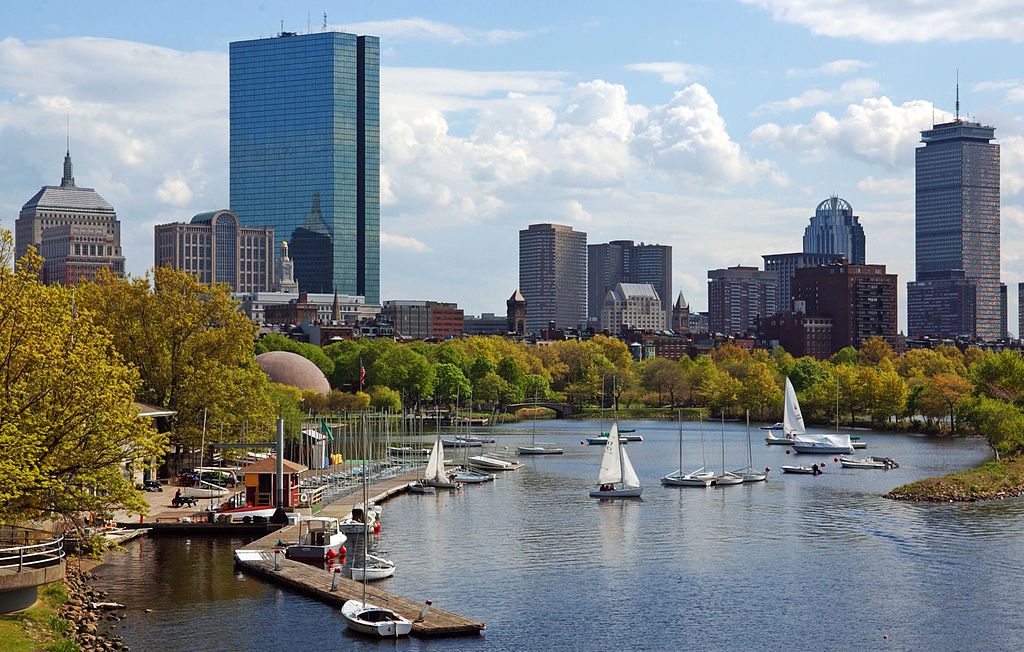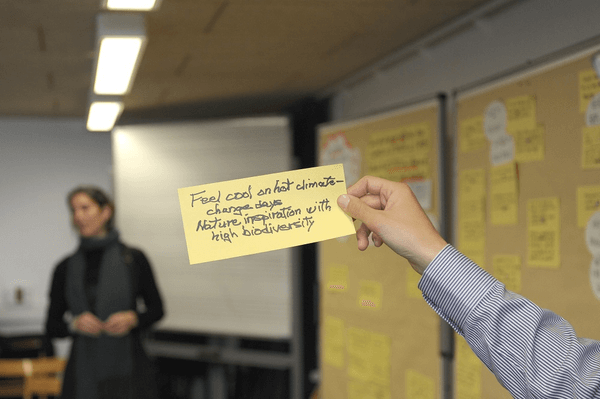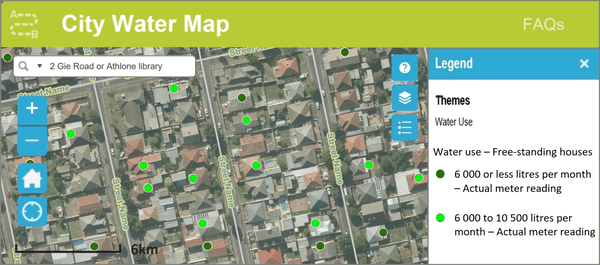
City
Boston
Main actors
City Government, Community / Citizen Group
Project area
Whole City/Administrative Region
Duration
Ongoing since 2015
The City of Boston has adopted a Vision Zero strategy in an effort to eliminate traffic fatalities and reduce serious traffic accidents by 2030.
The Vision Zero concept was created in Sweden in 1997 and is widely credited with a significant reduction in fatal and serious road crashes since that time. Vision Zero deems that traffic accidents are unacceptable and preventable, that human life should take priority over mobility objectives and mobility systems should adapt in order for human error to be better anticipated.
In May 2015, the City of Boston launched a Vision Zero strategy. The strategy considers the statistics of the human and economic cost of traffic crashes, the barriers created by busy high-speed roads in the heart of the city and the impact of speeding on neighborhood streets that can limit access mobility and opportunity in communities that need it the most.
Vision Zero Boston prioritizes safety and takes a people-first approach to transportation and community building with an aim to make the city more walkable, bikeable, transit friendly and safe for drivers.
External links / documents
On Map
The Map will be displayed after accepting cookie policy



